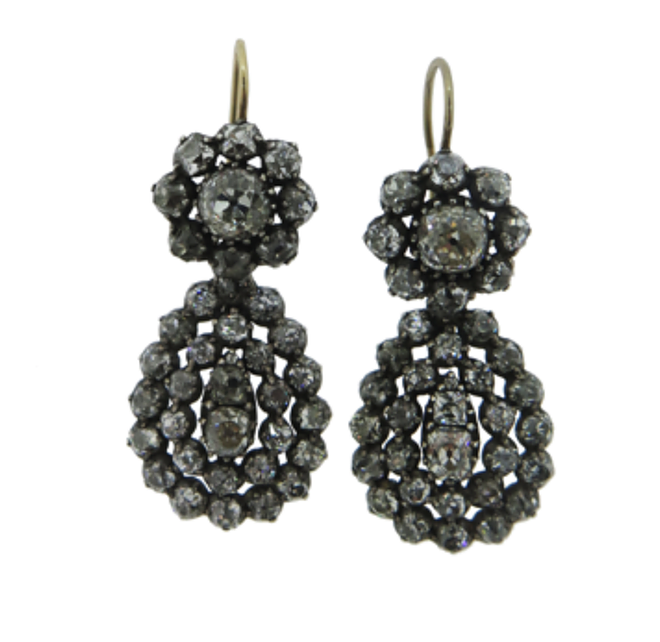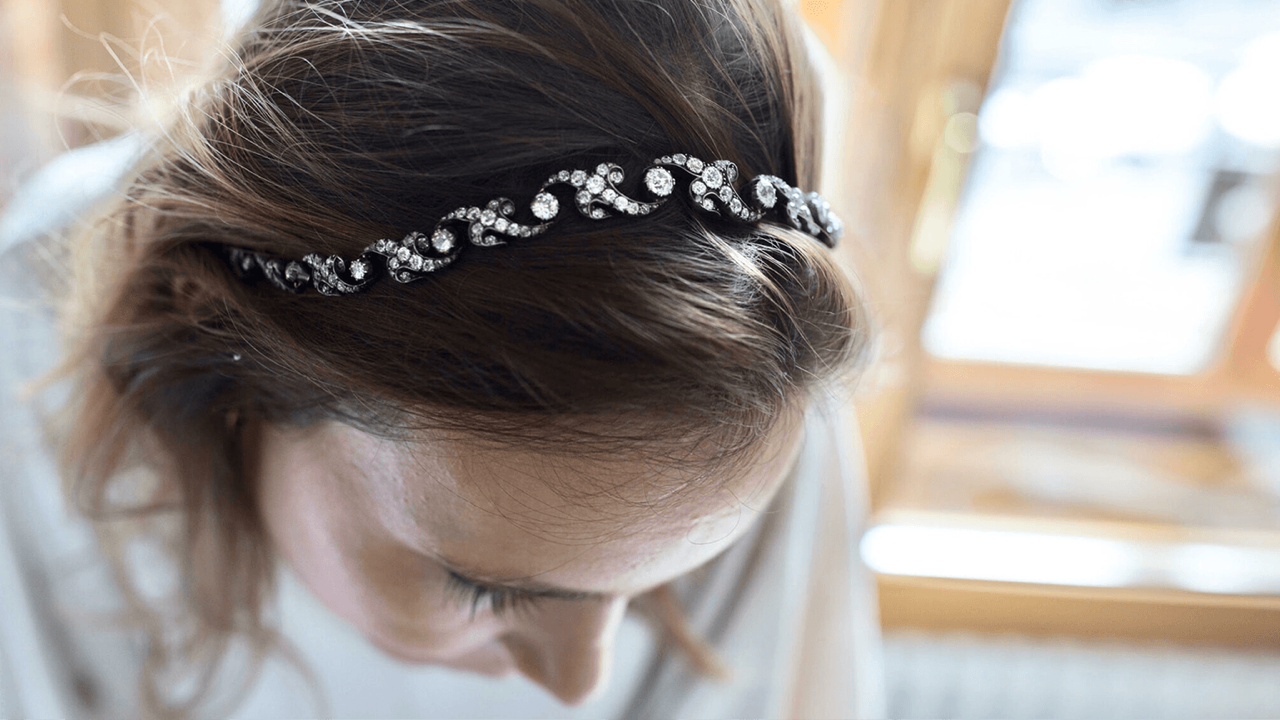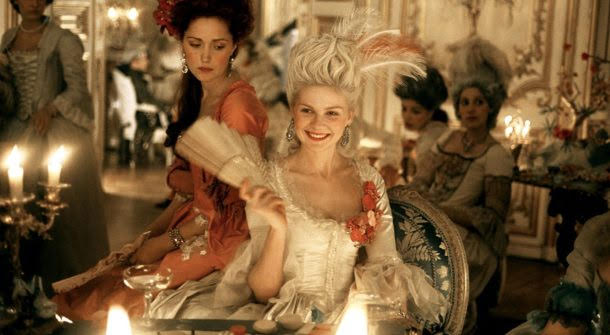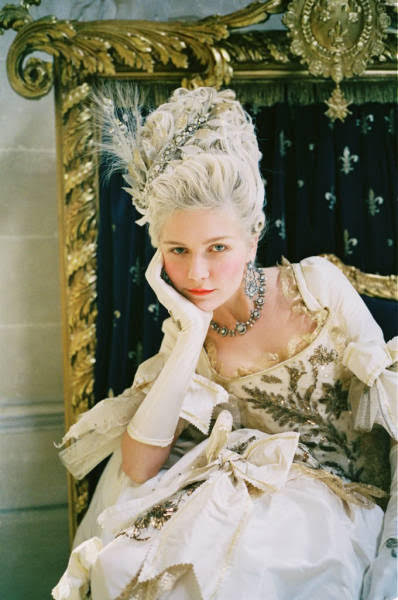By Florence Brabant
Silver over gold or silver-topped jewelry was very popular during the Georgian jewelry period. It dates from circa 1714 to 1835, spanning the reigns of four kings of England, all named George. It makes it easy to remember.
Back then, they used silver and gold for jewelry design. Platinum, although discovered in the 1700s, was not widely used in jewelry until the late 1800s.
The jewelry designs were inspired by the Baroque and Rococo style. Bow motifs and teardrop shapes were in fashion. Jewelry was set with colorful large stones such as sapphires, emeralds, topazes, citrines, amethysts, garnets, and diamonds, of course.
It was especially important for the security of the gemstones that they were set in gold. A layer of silver over the gold was added afterwards to get a different shiny look than the glowing gold one.
The silver topping works its magic when the diamonds sparkle in candlelight. It looks like the diamonds are floating out of their mountings. This unique appearance actually happened unintentionally.
Coppola, S. (2006). Marie Antoinette. Columbia Pictures.
We can all picture the elegant balls, dinners, and parties that were held with huge chandeliers and candle holders everywhere as electricity did not exist yet. The ladies were dressed up in large elegant dresses, wearing wigs and shined up with a ton of jewelry. The movie of “Marie Antoinette” of 2006 with Kirsten Dust has a few scenes where you can see this floating effect of the stones in candlelight (Fig. 1).
How to wear this jewelry today?
The elegant flows and romanticism in its design is in line with the boho chic dress code. Earrings, rings, headbands and necklaces are especially popular in style.



